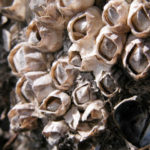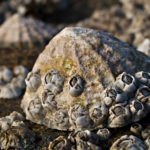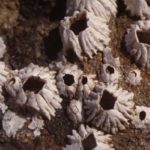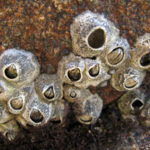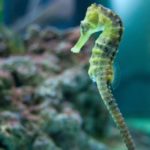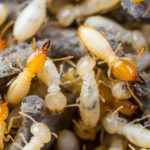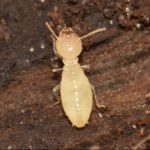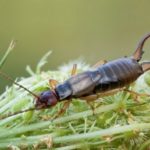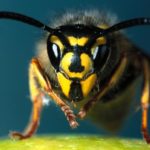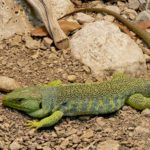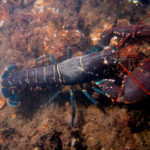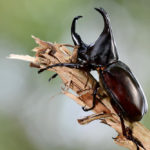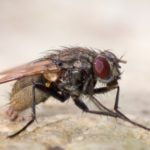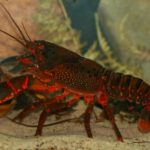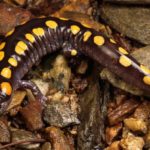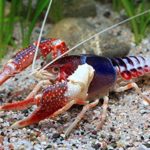Barnacles – information
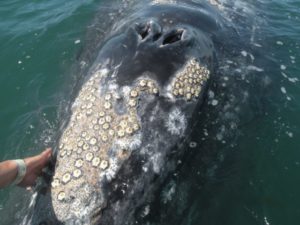 The larva of barnacle is part of the plankton, the initial link in the food chain. Barnacles are very prolific marine animals. Studies conducted on the north-west coast of England found that crayfish that live near the coastline produce a trillion larvae per year.
The larva of barnacle is part of the plankton, the initial link in the food chain. Barnacles are very prolific marine animals. Studies conducted on the north-west coast of England found that crayfish that live near the coastline produce a trillion larvae per year.
Tropical barnacle begin to multiply at three weeks of age and produce about 10 thousand larvae thrice a year – and so throughout their existence (for 4-5 years). The born crustaceans emerge from the shells of their parents and almost immediately become the food of planktivorous animals. Those who managed to survive in a couple of weeks find a new place of residence.
Settling on the ground, they begin to release sticky substance. After several hours it hardens, and the final transformation of the larva into adult barnacle occurs.
Within 5-10 days, the young barnacle completely locks itself into a cone consisting of six layers of lime petals lumped together. Nonparasitic barnacles Nonparasitic barnacles are divided into two main species – marine ducks and sea acorns.
Their body is shrouded in a mantle that emits calcareous plates in the shells. The body of the crustaceans is divided into the head, chest and belly. On the head are antennae (antennae), which serve in most cases for touch. Antennae in lower crustaceans are also organs of movement.
